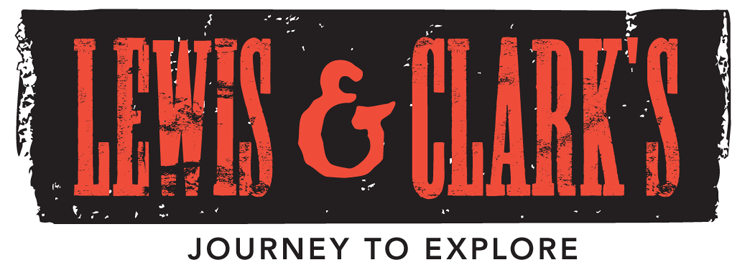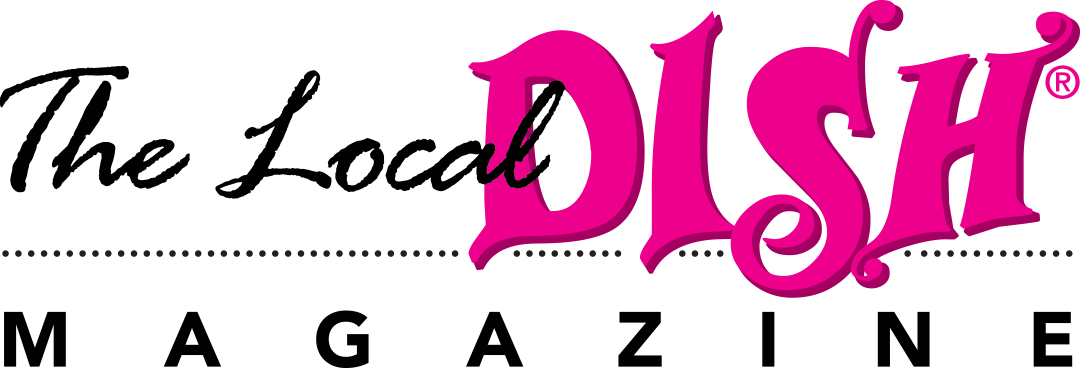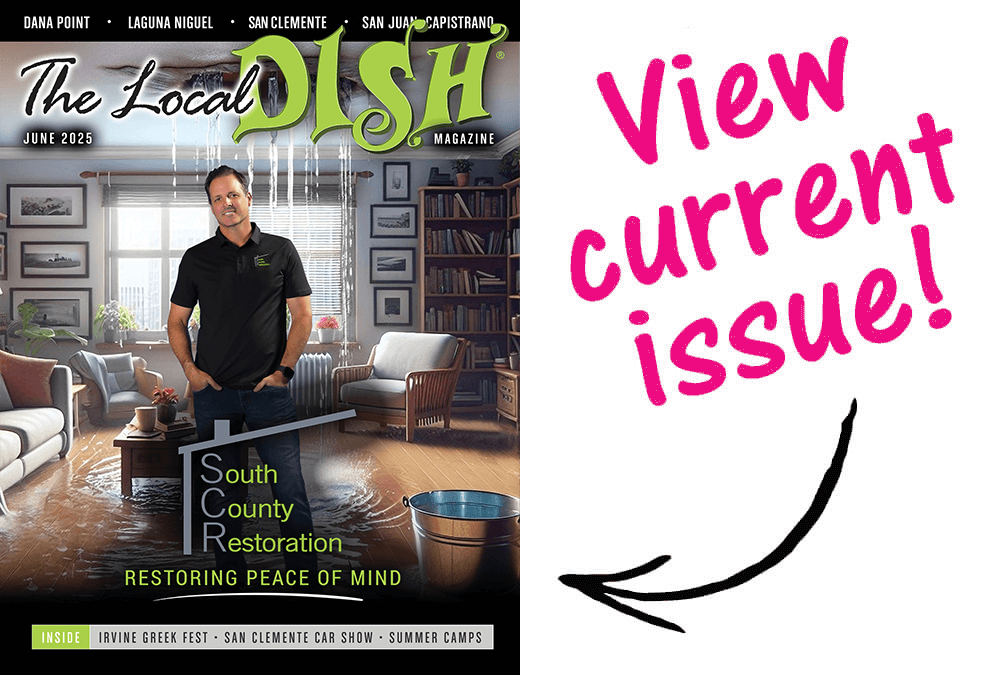

Lewis & Clark a Journey to Explore
A couple of adventurers named Meriwether and William set out more than two centuries ago to explore the West, only you probably know them better by their surnames: Lewis and Clark.
Meriwether Lewis and William Clark began their journey to explore and map the American West in 1804. Now, more than 200 years later, their remarkable journey can be examined and revisited at Mission San Juan Capistrano’s museum exhibit, “Lewis and Clark Expedition Across America,” starting with its opening on November 1st and running until March of 2011.
Lewis and Clark were initially accompanied by a crew of men, and later, by the Shoshone Indian guide and interpreter, Sacajawea, and her infant son. They traveled by river and by land from St. Louis, Missouri to the Oregon coast, and back again. The very trail Lewis and Clark traversed is the focus of a special added photography exhibit, “Lewis and Clark Revisited: A Trail in Modern Day.”
This secondary exhibit is an immersive educational experience, offering visitors a chance to become the original corpsmen of the Lewis & Clark Expedition. Visitors of all ages will find something in the exhibit to enjoy from the photo exhibit for adults to the interactive stations for students. The engaging stations will bring students along the trail’s highlights, allowing them to explore animal and plant life of the prairies, encounter Native American nations, leaving them with a better understanding of the challenges the Corps of Discovery met on their journey. “There’s something for everyone in this exhibit,” says Mechelle Lawrence-Adams, Executive Director of the Mission.

THE “LEWIS AND CLARK REVISITED:
A Trail in Modern Day” exhibition tour was organized by Greg MacGregor and the California Exhibition Resources Alliance (CERA). CERA is a network of professionally operated museums and cultural organizations that collaborate to create and tour smaller, affordable, high quality exhibitions that enhance civic engagement and humanunderstanding. CERA is supported by generous grants from The James Irvine Foundation and The William Randolph Hearst Foundation.
 The Local Dish Magazine Calendar of Events, Coupons and more for South Orange County!
The Local Dish Magazine Calendar of Events, Coupons and more for South Orange County!













